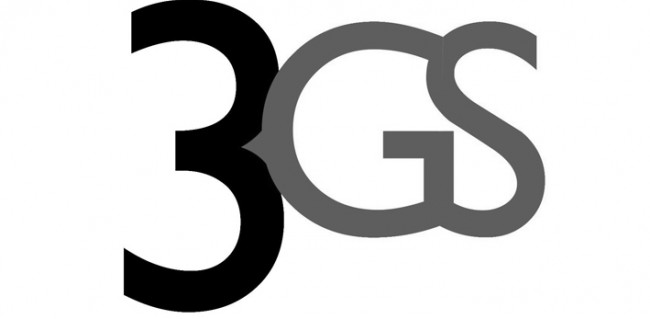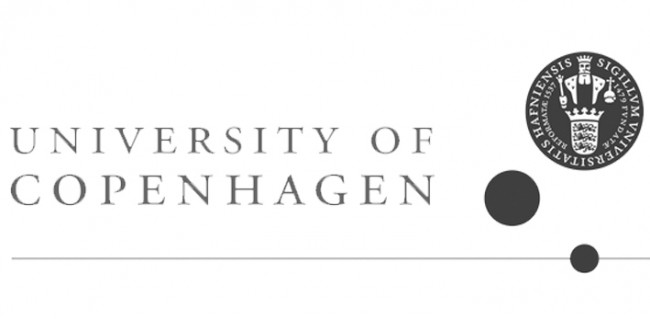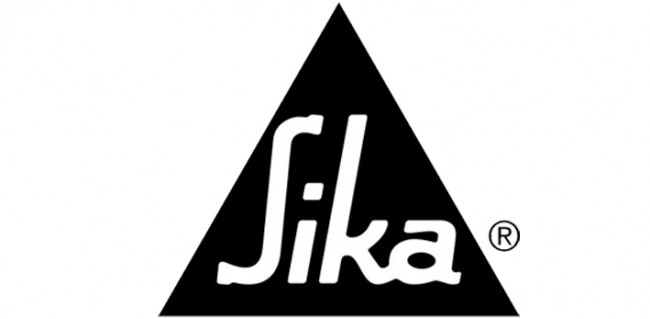
TECHNOLOGY
UNDERSTAND A NEW WAY TO BUILD
We are here to do it.

Cement-based large-scale 3D printing eliminates the need for conventional molding by precisely placing, or solidifying, specific volumes of material into sequential layers by a computer-controlled positioning process.
Learn about the three general steps of 3D concrete printing
Data preparation
The general approach is to cut a 3D shape into thin flat layers of constant thickness that can be stacked on top of each other. In this method, each layer consists of a contour line and a fill pattern that can be implemented as honeycomb structures or space fill curves. Another method is the tangential continuity method, which produces three-dimensional construction paths with locally varying thicknesses. This method results in the creation of constant contact surfaces between two layers, that is, geometric gaps between two layers that often limit the 3D printing process will be avoided.
Material preparation
The material preparation phase includes mixing and placing the concrete in the container. Once the fresh concrete has been placed in the container, it can be transported through the pump-tube-nozzle system to print self-compacting concrete filaments, which can build up structural components layer by layer. In additive processes, pumpability and extrusion stability are important for mortar applications. All of these properties will vary depending on the concrete mix design, delivery system and deposition device.
Component Printing
To carry out the process a control system is needed. These systems can generally be divided into two categories: gantry systems and robotic arm systems. The gantry system triggers an overhead mounted manipulator to locate the print nozzle in XYZ Cartesian coordinates, while the robotic arms provide additional degrees of freedom to the nozzle, allowing for more accurate print workflows such as tangential continuity method printing.
Regardless of the system used for printing (gantry crane or robotic arm), coordination between nozzle travel speed and material flow rate is crucial to the output of the printed filament.
In some cases, multiple robotic 3D printing arms can be programmed to work simultaneously, resulting in reduced construction time.
QUOTES
See What Clients Are Saying
“3D PRINTING IS GOING TO BE A WAY BIGGER THAN WHAT THE 3D PRINTING COMPANIES ARE SAYING”
3D printing has all the conditions to be increasingly an option to consider with regard to cost savings and the environment.





